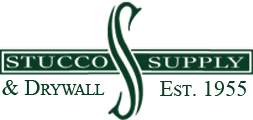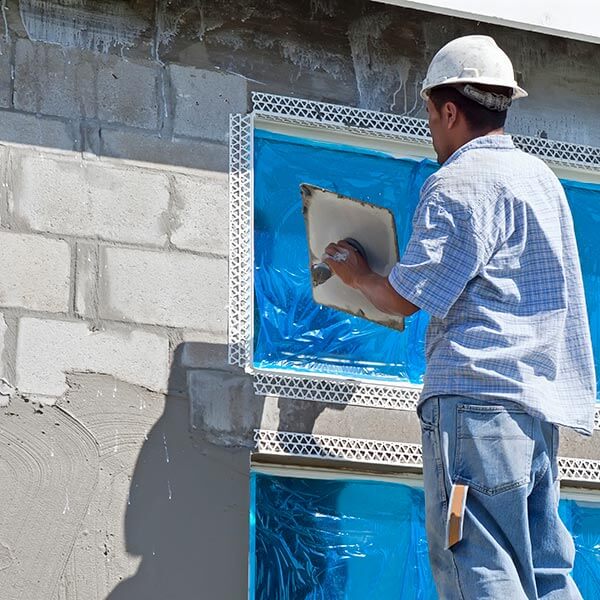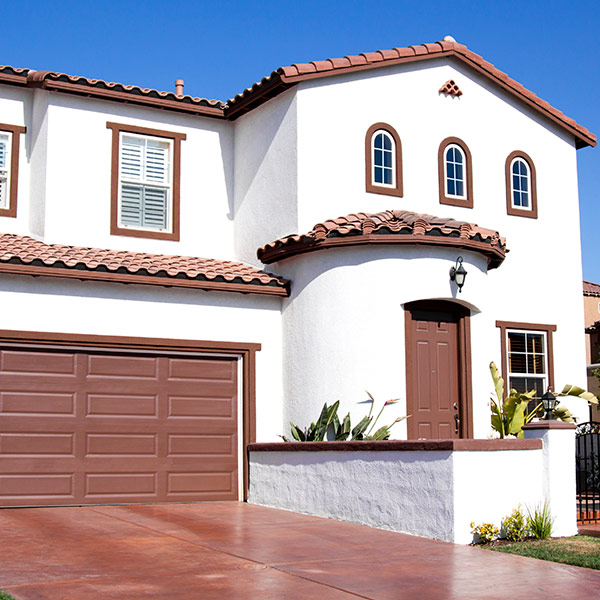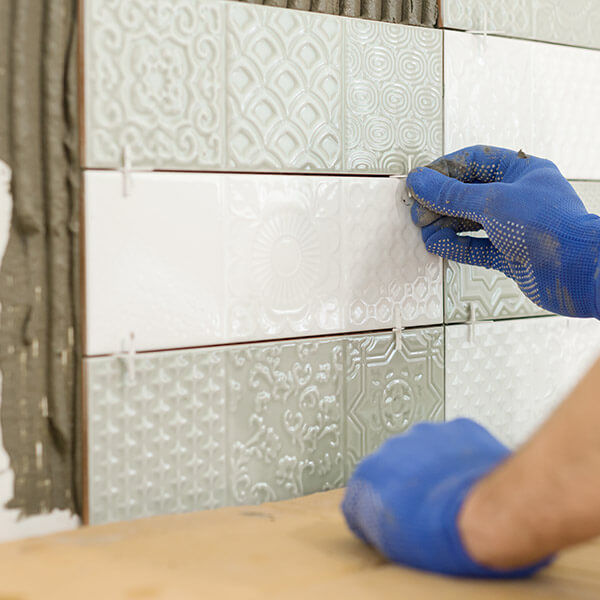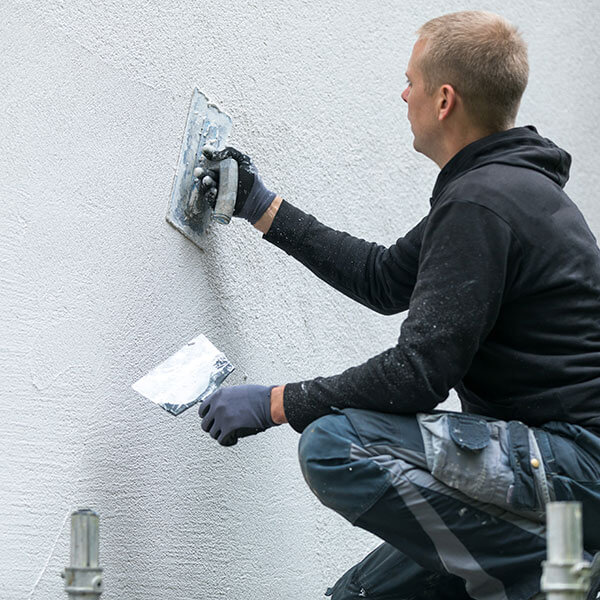SSD Method
How Important Is Wetting a Wall?
Saturated Surface Dry Method
Believe it or not, wetting the walls or substrate is more important than you might imagine. SSD stands for saturated surface-dry and it describes a condition that a concrete surface must be brought to when a cement product is to be applied to it. The surface is SSD when the substrate is saturated with water, filling the voids in the substrate’s aggregate, but the outer surface is devoid of free water.
This surface condition is very important when applying cement products to existing cement substrates because the saturation prevents rapid drying and weakening of the product and its bond to the surface. It is also a big factor in color consistency and workability. Just as important, removal of free water from the surface prevents dilution and weakening of the product in exactly the location where strength is most vital: the bond interface.
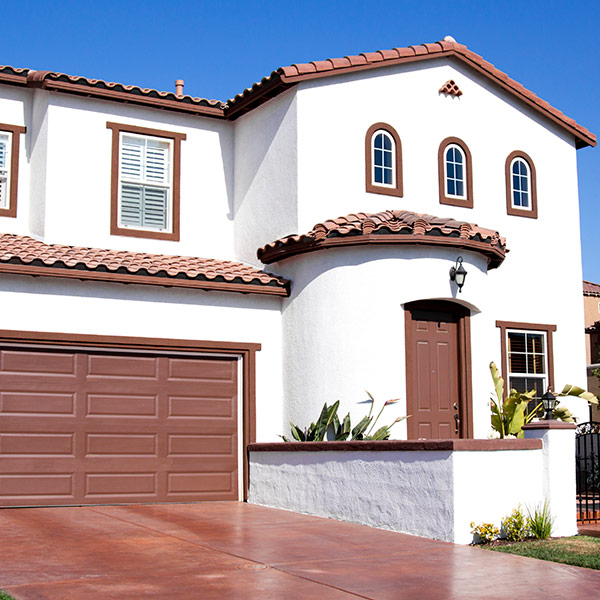
Typical Procedure
Specific jobsite water availability varies; however, generally, installers will use a hose or bucket of water with a mortar brush to dampen the repaired substrate for a few minutes. They will then use the mortar brush to help remove excess water from low spots in the substrate. Once the surface shows signs of drying, but is not completely dry, the mortar application is ready to begin. Keep extra water and a mortar brush on hand to dampen un-repaired areas as needed if the substrate begins to dry too quickly.
Alternative Methods
Alternatively, installers can use an approved bonding agent from the SUPERIOR STUCCO product line.
- Follow all application instructions from Stucco Supply for any of the SUPERIOR STUCCO products for priming concrete or cementitious substrates.
- If using other bonding agents DO NOT USE the Saturated, Surface Dry (SSD) technique unless specified.
